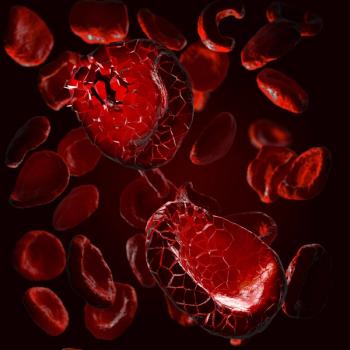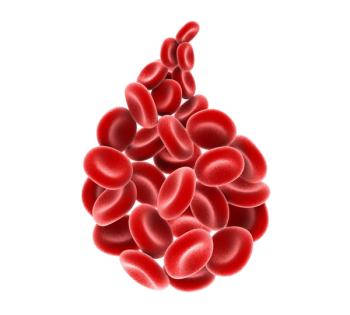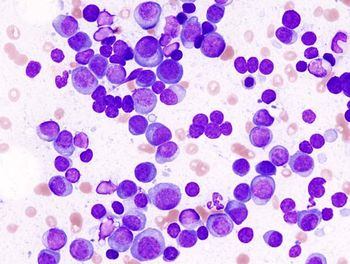
Shaji Kumar, MD on the Impact of Daratumumab, Lenalidomide, and Dexamethasone in Transplant-Ineligible Newly Diagnosed MM
Shaji Kumar, MD, talks about 5-year follow-up data regarding the use of daratumumab, lenalidomide, and dexamethasone in patients with multiple myeloma who are not eligible for transplant.
CancerNetwork® sat down with Shaji Kumar, MD, of the Mayo Clinic, at the 2021 American Society of Clinical Oncology (ASCO) Annual Meeting to talk about the 5-year follow-up to the phase 3 MAIA study (NCT02252172) and the impact of daratumumab (Darzalex), lenalidomide (Revlimid), and dexamethasone in transplant-ineligible newly diagnosed multiple myeloma vs lenalidomide and dexamethasone. Additionally, Kumar discusses how the use of combination therapies may offer patients who are transplant ineligible an effective treatment option.
Transcript:
The MAIA study was designed to look at the impact of a monoclonal antibody targeted to CD38—that is daratumumab—in the initial therapy [for] transplant-ineligible patients with newly diagnosed myeloma. Daratumumab has been shown to be effective, especially in combination with immunomodulatory drugs, as well as proteasome inhibitors in the relapsed setting. The standard of care for the older transplant-ineligible patients had been lenalidomide and dexamethasone, given the data from the phase 3 FIRST trial [NCT00689936], where we saw a survival improvement compared with the more traditional melphalan-containing regimens.
Since that time, there have been data using bortezomib in combination with lenalidomide/dexamethasone in this patient population. [It was] the SWOG S0777 study [NCT00644228] that showed an improved overall survival [and established] the combination of bortezomib, lenalidomide, and dexamethasone as the standard initial triplet for patients who can take a triplet. Given the efficacy of daratumumab, the MAIA trial was designed to ask if [we could] add daratumumab to lenalidomide and dexamethasone and improve the outcomes in the transplant-ineligible patient population.
It is a randomized phase 3 trial [featuring] newly diagnosed myeloma [and] patients [who are] ineligible for a stem cell transplant [but have] a reasonable performance status. They were randomized to [receive] lenalidomide and dexamethasone at standard dose until disease progression, or daratumumab in combination with lenalidomide/dexamethasone, [which also was] given [until] the disease progression.
Reference
Theirry F, Kumar S, Torben P, et al. Overall survival results with daratumumab, Lenalidomide, and dexamethasone versus lenalidomide and dexamethasone in transplant-ineligible newly diagnosed multiple myeloma: phase 3 MAIA study. Presented at: 2021 European Hematology Association Annual Meeting; June 9-17, 2021; Virtual; Abstract LB1901. doi:10.1097/HS9.0000000000000566.
Newsletter
Stay up to date on recent advances in the multidisciplinary approach to cancer.

















































































